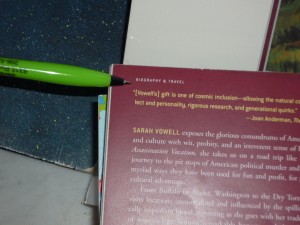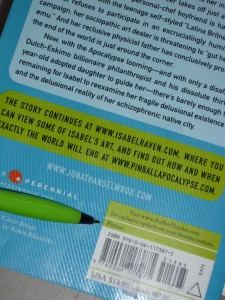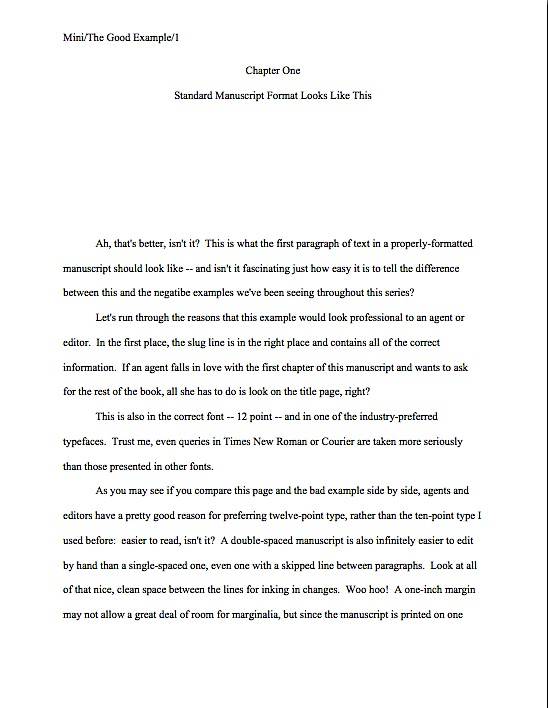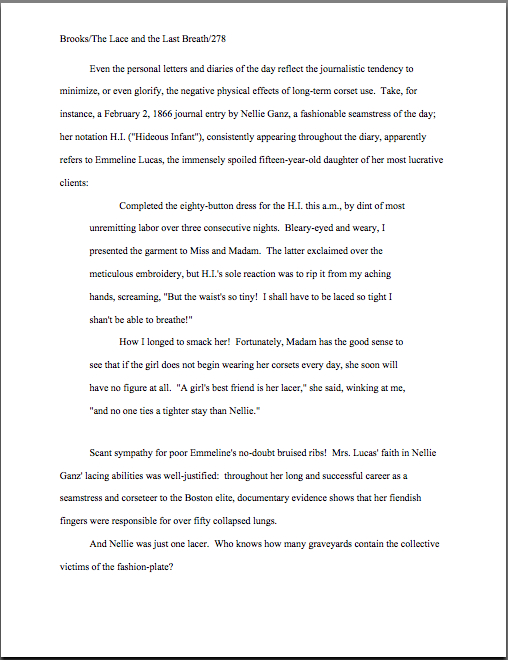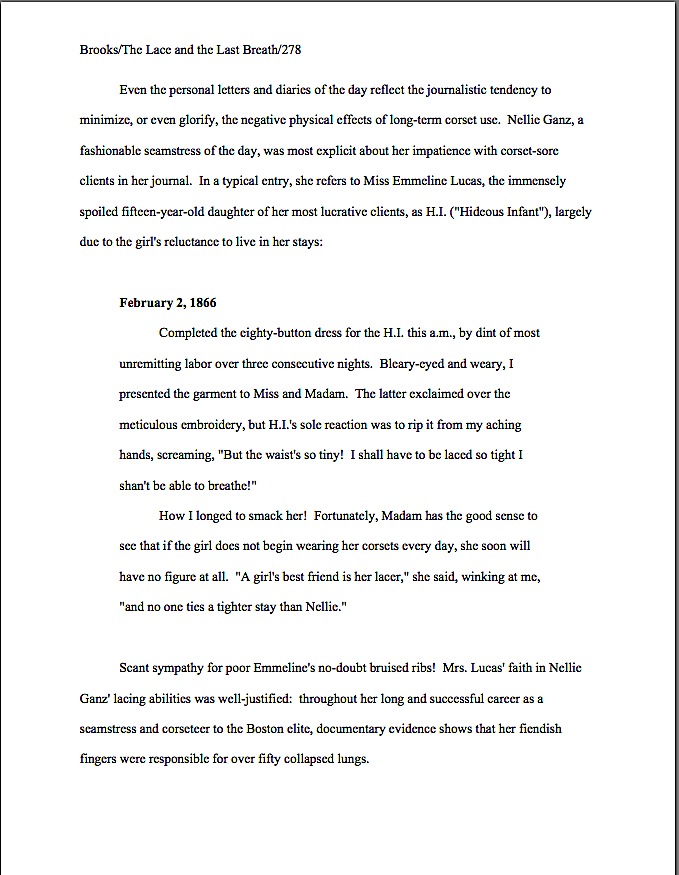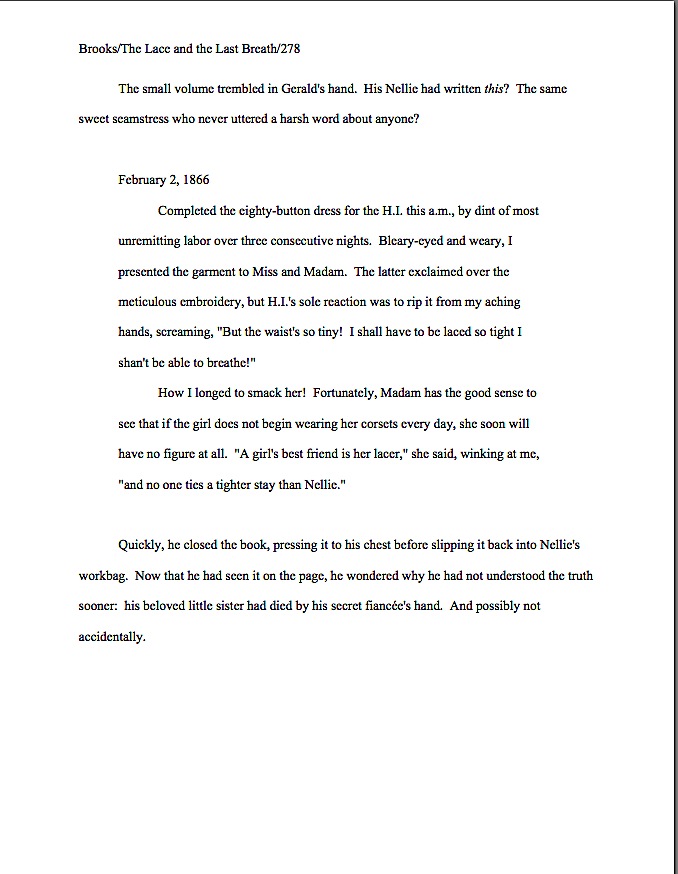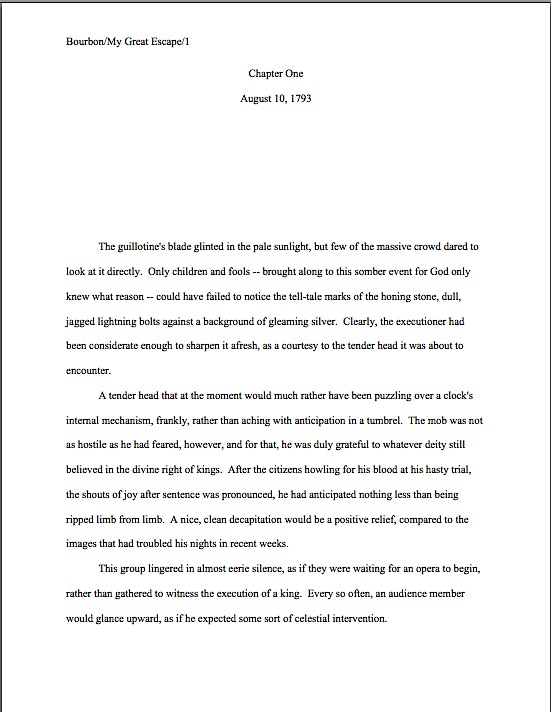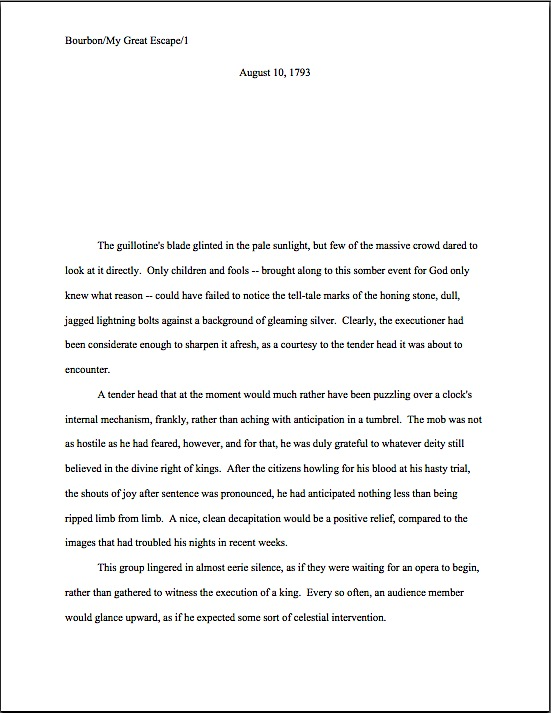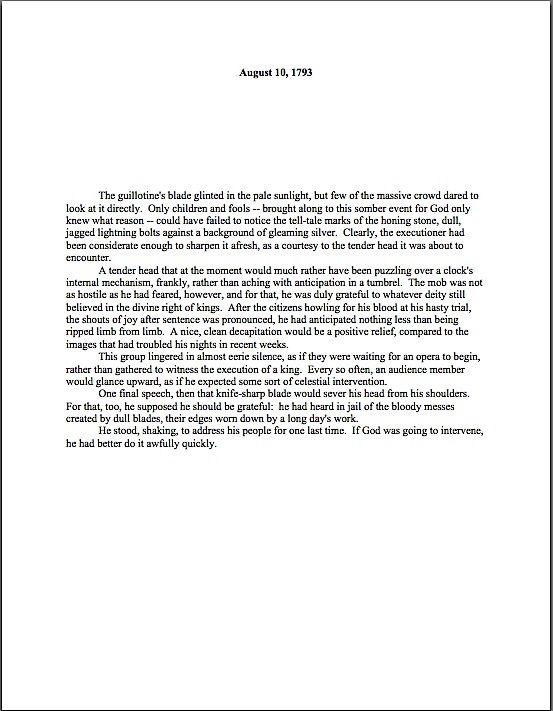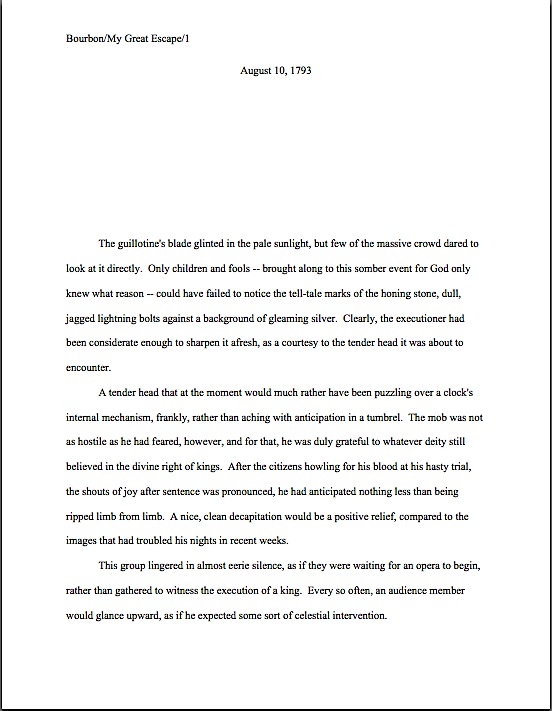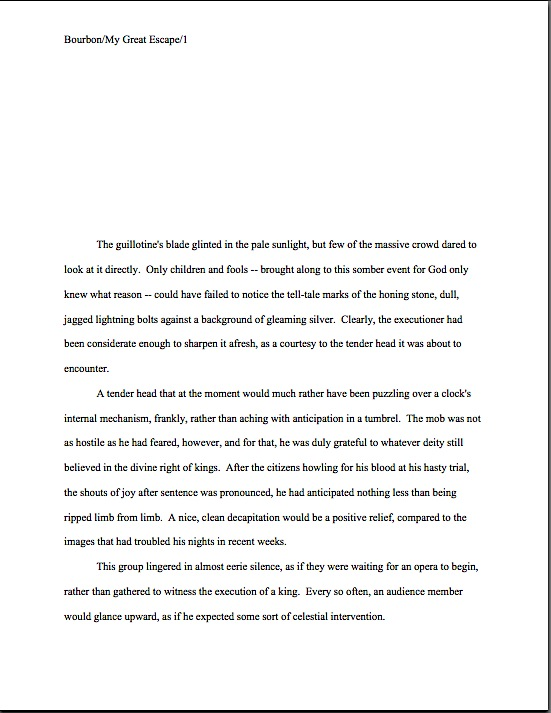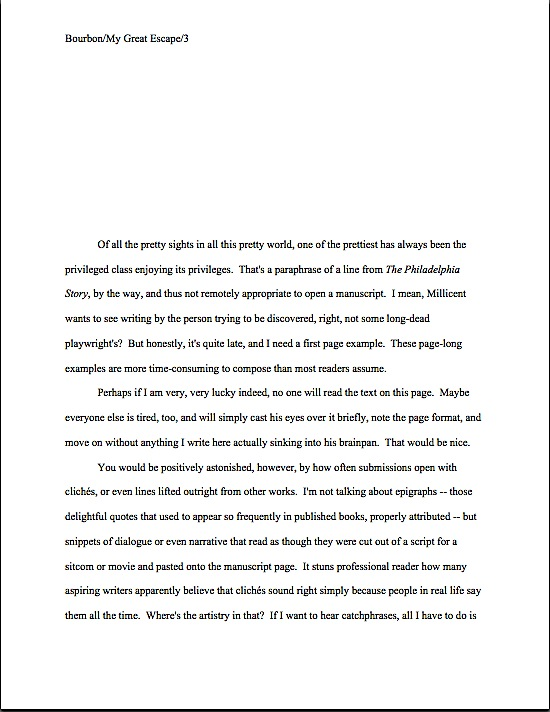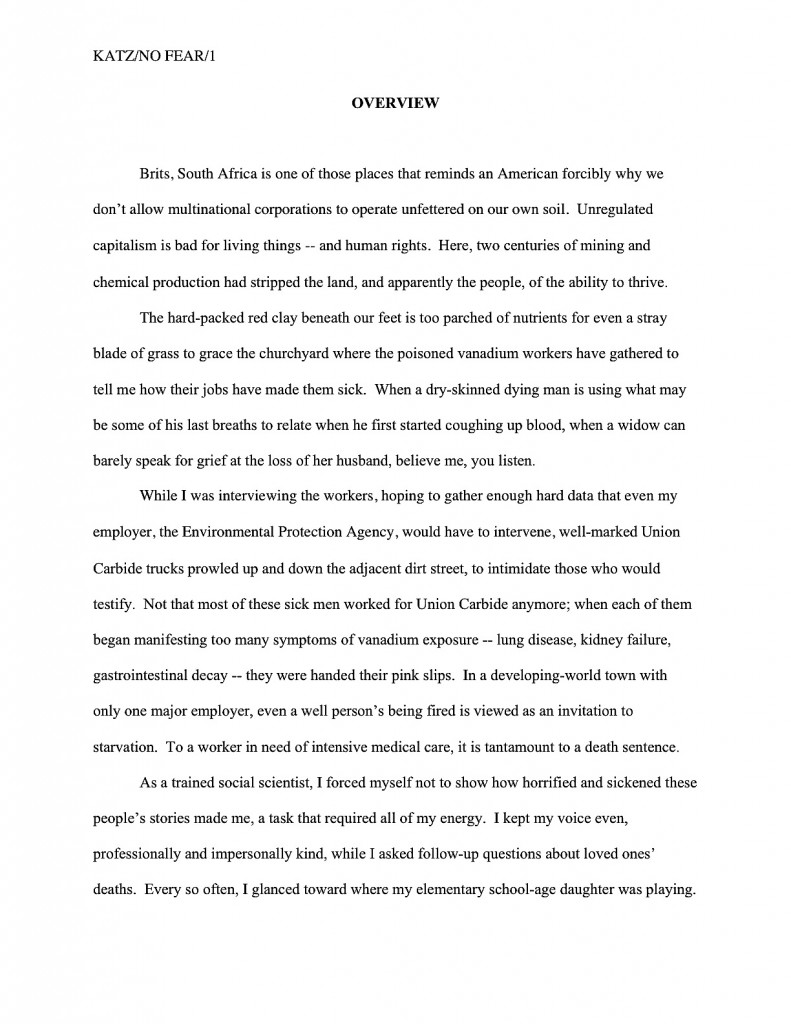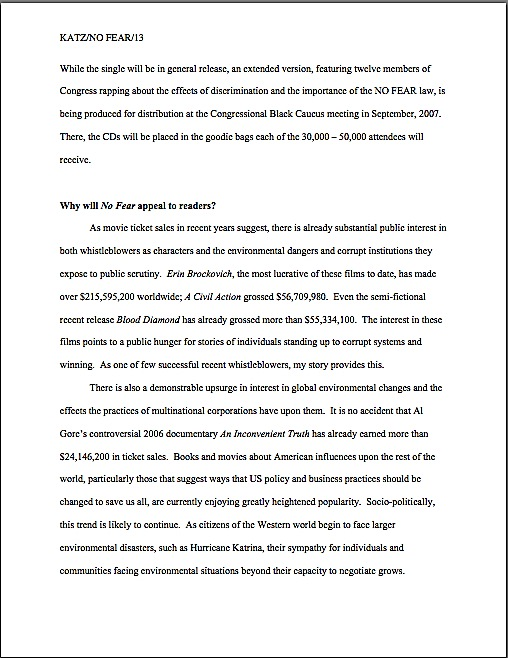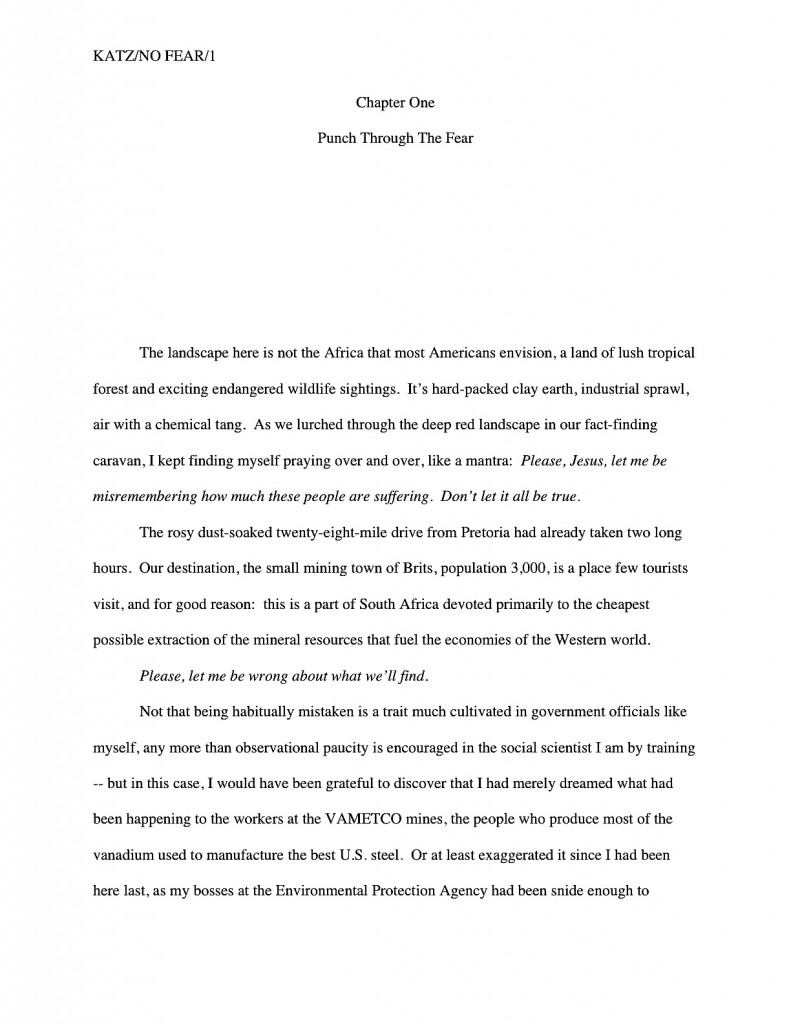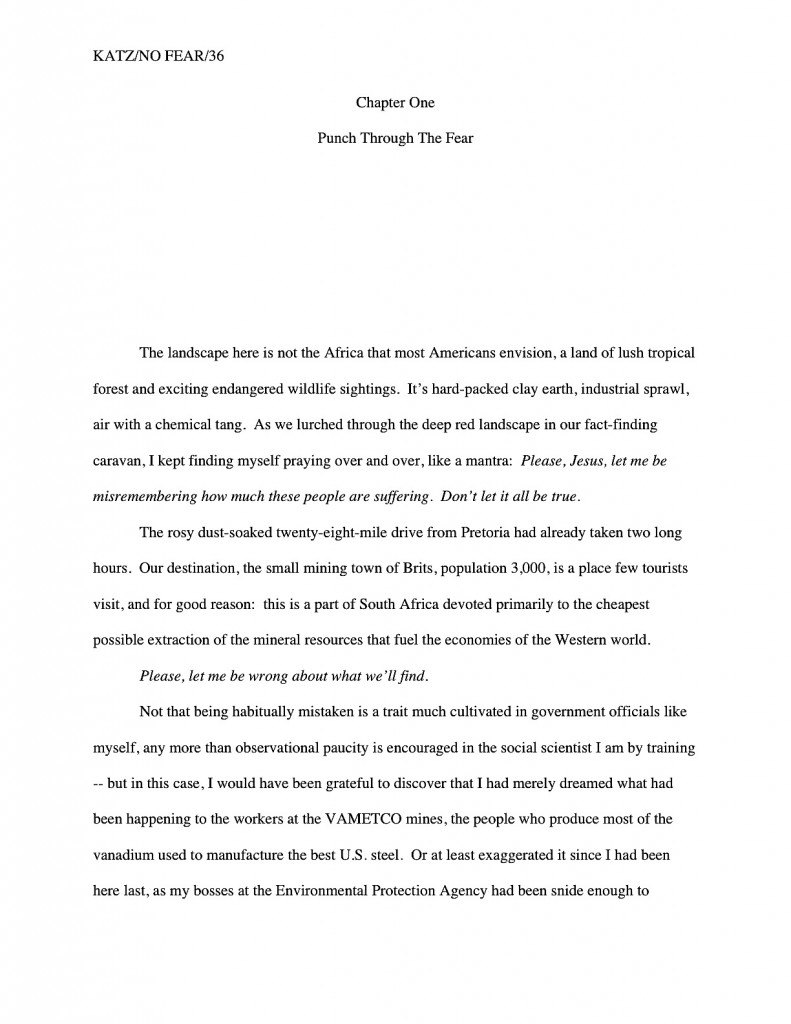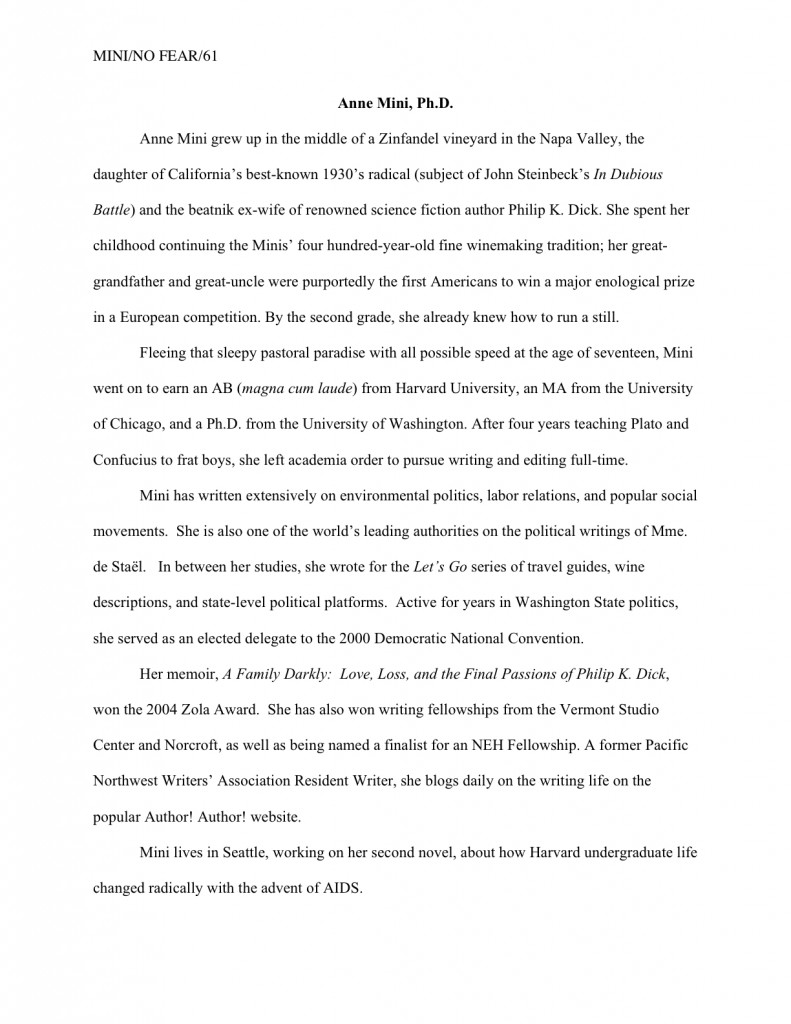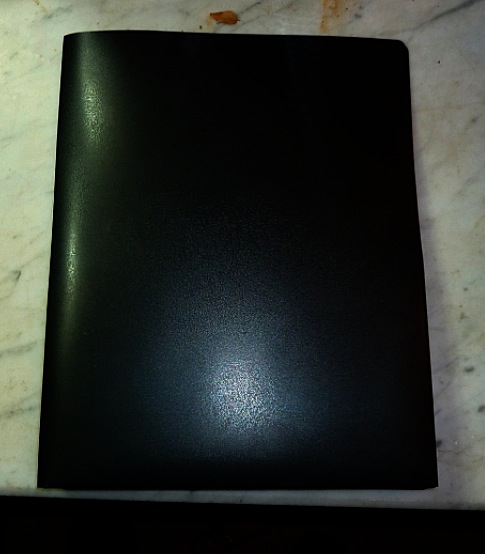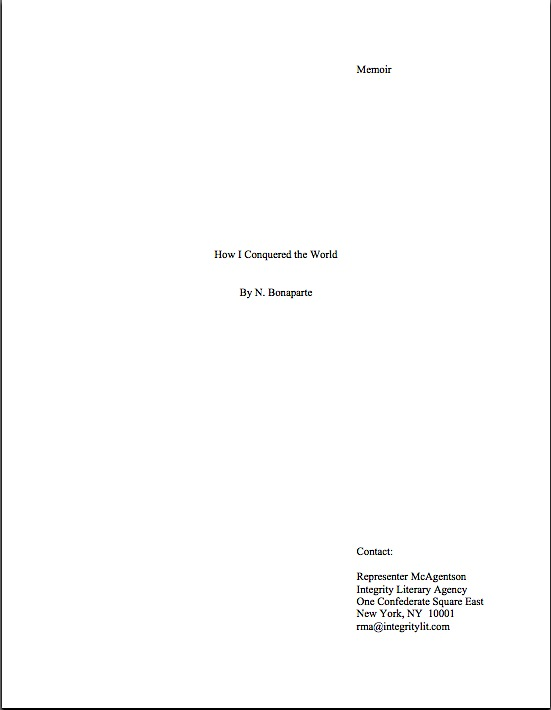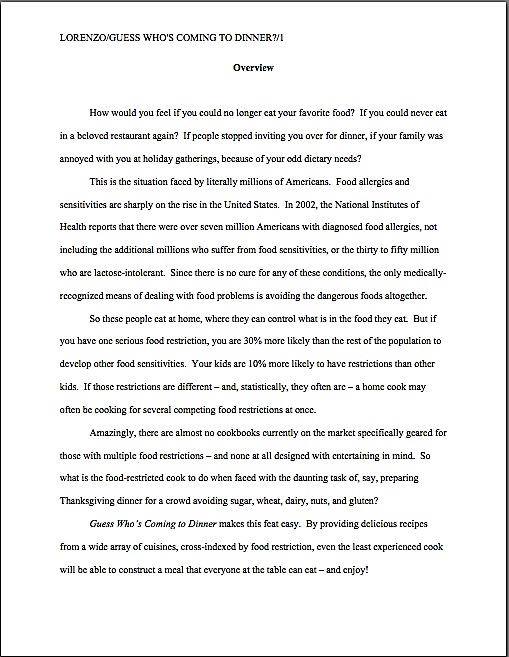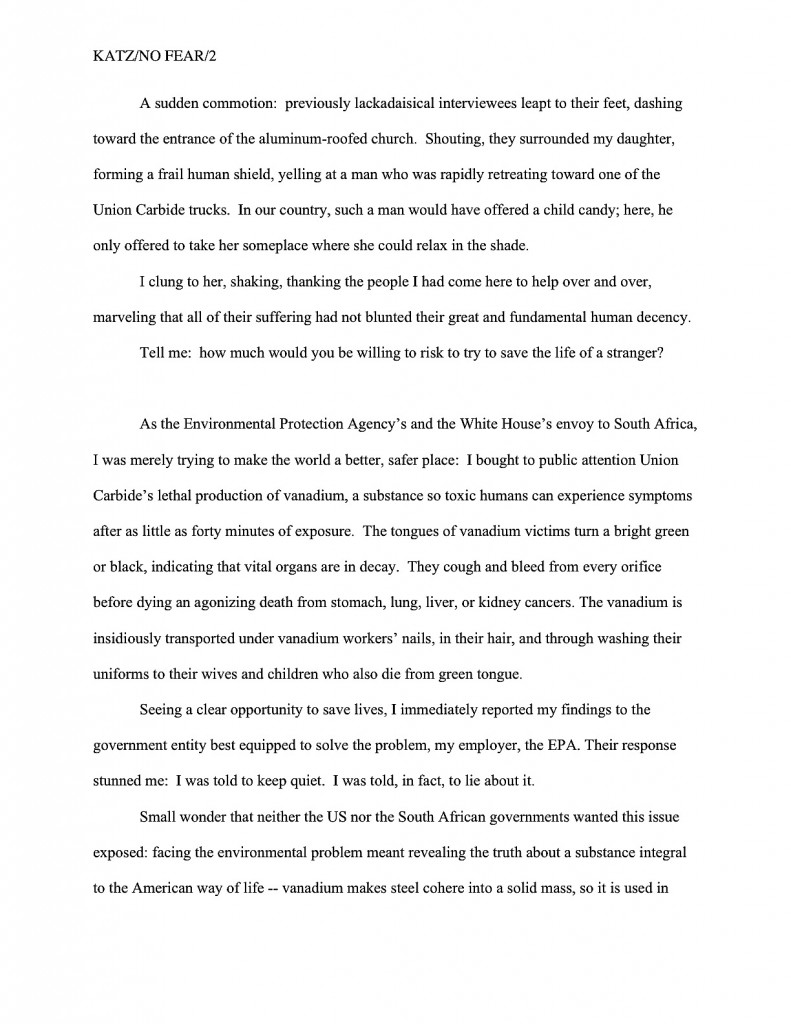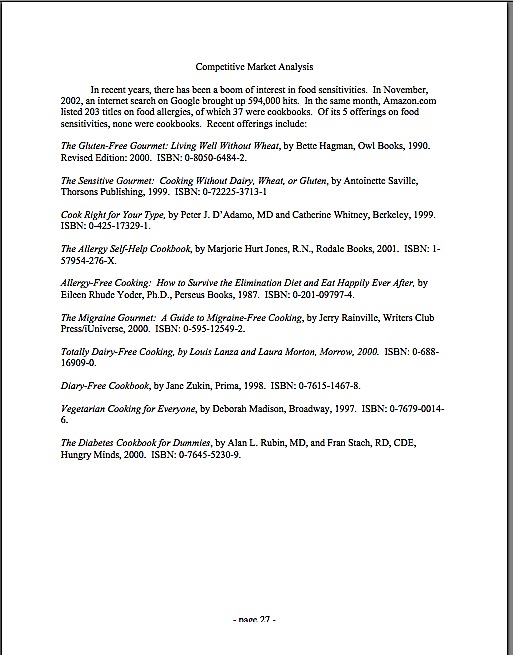I’m back from my unplanned hiatus, campers — at least, I hope I am. Apparently, my doctor has been spending long evenings comparing notes with Snow White’s apple-pushing wicked stepmother and the outraged fairy who came up with Sleeping Beauty’s poisoned spindle. Or so I surmise, from how droopy I have been since my last doctor’s appointment.
Back to business. Last time, I broached the burning question at the front of the mind of every writer who has ever submitted a manuscript to an agency: how soon will the agent make a decision about whether to represent my book?
The answer, pretty much invariably: not as quickly as the writer would like.
Which is to say: try not to take slow turn-around times personally — or as any reflection whatsoever upon the quality or marketability of your writing. It’s just the way the system works.
Honestly, agents don’t draw out the submission process just to torture writers — the delays in turn-around are often due to logistical considerations, such as the number of screening levels though which a manuscript must pass prior to the agent, how backlogged the agent’s reading schedule is, and the sheer volume of submissions an agency receives. Remember, too, that the agent of your dreams doesn’t just need to peruse potential clients’ books; her existing client list keeps producing manuscripts, too.
Oh, and people who work in agencies have been known to have lives. As much as impatient writers might like them to bend the space-time continuum, they only have the same number of hours in a day as the rest of us. And no one, however dedicated to literature, reads 24 hours per day, 7 days per week, 365 days per year plus one in leap year.
But that’s doesn’t stop a writer waiting to hear back from an agent or editor from counting the nanoseconds, does it? Or — and feel free to engage in some free-form primal screaming if you happen to fall into this very common category of aspiring writers — from coming up with a plethora of very well-reasoned, vividly-imagined scenarios that explain fully and completely precisely why the agent in question has not yet responded.
You know the type of reasoning, don’t you? The agent fell in love with the manuscript at first glance, but has to run it by the other agents in the firm before offering representation; the agent liked it, but wants to read it again before making up her mind; everyone at the agency just adored it, but they want to hold off until market conditions are different before taking on such an innovative project. Despite the fact that aspiring writers tend to be very, very gifted at manufacturing creative reasons that they haven’t yet received a response after submitting requested materials, the usual reason is quite prosaic: the people at the agency who need to read the manuscript just haven’t had time to get to it yet.
Or at least, as is often the case, haven’t read beyond the first few pages, then set it aside to read late. Believe it or not, when an agent skims the opening of a manuscript and sets is aside to read more closely later, that’s actually good news, from the writer’s perspective. Even if the submission subsequently gathers dust and coffee stains on the corner of his desk, its author has reason to rejoice.
Why? Well, contrary to popular belief, agents and editors will seldom read an entire manuscript before deciding to reject it. They do not read like other people, you see; they do not typically read an entire book, or even an entire chapter, before drawing conclusions about the book before them. Because of the sheer volume of submissions and the comparatively tiny number they can accept, they learn to make up their minds very, very fast.
I can sense some resistance to the concept of quick rejection floating out there in the ether. “But Anne,” dewy-eyed idealists everywhere exclaim, “that can’t possibly be right; no one seriously interested in writing would dismiss a book without reading it. If an agent asks to see my manuscript, of course he’s going to take the time to read it!”
Oh, dear. Are you sitting down?
Not only are rejected manuscripts rarely read in their entirety; once a professional reader comes to a page (or paragraph, or even sentence) that raises a red flag, they generally stop reading altogether. All too often — in fact, in the majority of submissions — that page is page 1. This can occur for a variety of reasons, ranging from clichéd dialogue to grammatical errors to lack of excitement in the opening scene. Or simply an opening that they’ve seen before.
But back to that good news I mentioned above: if an agent reads the first few pages of a submission and sets it aside to peruse later, that means he hasn’t rejected it; unlike the overwhelming majority of submissions, its opening passed muster. Hooray!
I’m sensing more disturbances in the ether. “Okay,” the idealists concede reluctantly, “I can see how rejection might be a speedier process than acceptance. But if the agent (and the Millicent who screens things for him) makes up his mind that quickly about most rejections, does his setting my manuscript aside to read later mean that he’s already basically decided to accept it?”
Oh, would that it were that simple. Once a manuscript has cleared the instant rejection hurdle, many other criteria come into play — and contrary to quite a bit of the writing talk wafting around the ether, the net, and the writers’ conference circuit, those criteria have not now nor have they ever been susceptible to being boiled down to a brief set of one-size-fits-all tips.
Why? Because, my friends, the literary marketplace is not simple. Nor is it static. To understand a complex, ever-changing world, an aspiring writer needs to move beyond the notion that there’s a trick to achieving literary success. Or if there is a trick, that it may be summarized in a page and applied to every conceivable book concept.
Fortunately — or unfortunately, depending upon how one chooses to look at it — the people making the decisions about who does and does not get a shot at publication tend to be complex, too. At least enough so to realize that what bookstore browsers are buying today is not necessarily what they will be buying tomorrow.
So how do they make up their minds?
What makes an agent decide to take on one manuscript, rather than another?
One reason, and one reason only: she believes that she can sell the first book in the current literary marketplace.
In other words, in her professional opinion, not only is the book is well-written and might interest people who buy and read books, but she also has the connections to editors at major or mid-sized publishing houses who will be interested in bringing this particular manuscript to publication. Not at some dim future point, or because they were publishing similar books five years ago, but because she is deeply acquainted with the types of books they are looking to acquire now.
Furthermore, she believes that the book concept and presentation are polished enough that she can begin sending it out to editors without having first to invest tremendous amounts of her time in re-editing the work. Also, based upon how the writer has presented the manuscript and handled the querying/pitching and submission process, she believes that the writer is sufficiently professional and well enough versed in how publishing works that she will not need to hold his hand throughout every step of the process.
This extremely complicated set of conclusions is, you must admit, hardly likely to be something an agent is likely to reach on a purely spontaneous basis three lines into the manuscript. It requires far, far more reasons to accept a manuscript than to reject it, after all. In order to come up with that array of pluses, the agent will need to spend some time getting to know the book.
However, that doesn’t necessarily mean that she will be reading it with a charitable eye. Remember, reputable agents only make money if they can sell their clients’ books: she can only afford to take on what she’s confident she can sell. So since even an extremely successful agent can take on only a few new clients per year, in practice that intensive manuscript study entails reading, like Millicent the screener, with an eye peeled for reasons not to take it on.
As an agent of my acquaintance likes to say, he scours the first 185 pages of a submission from a would-be client eager to find reasons to reject it. After he’s invested the time to read up through page 185, he starts looking for reasons to accept it.
And those reasons will not necessarily be purely literary, or even aesthetic; agenting is, after all, not a non-profit enterprise devoted to the cause of art for art’s sake, but a business.
The choice to sign a client, then, is very seldom purely the result of the agent’s just falling in love with the book at first sight — although rejection often does come that quickly. She may well fall in love with it eventually, but it’s a more mature, reasoned sort of love, the result of a considered decision, not a gut impulse.
I’m bringing this up because often, the underlying assumption behind the common aspiring writer’s cri de coeur “But what’s taking so long?” is not just the mistaken assumption that an agent who requested materials will drop everything in order to read them the moment they arrive, but also the belief that if a book is compelling, the reader won’t be able to put it down until she finishes reading it.
Trust me, people who read manuscripts for a living manage it. If they didn’t, they’d never be able to leave work at the end of the day or go to sleep at night.
Another frequent submitter’s assumption is that good writing is inherently so compelling that any professional reader worth her salt should be able to identify an exciting new voice instantly, practically from the top of page 1. While it is often the case that good writing will make professional readers think, “Wow, I’m looking forward to reading on!” that does not mean that the initial tingle of hope should be confused with the ultimate decision to represent the book.
The former merely means that the latter outcome is possible, not that it is guaranteed.
Thus, the secret writerly fantasy about a literary agent’s taking one look at a query letter or hearing a pitch and crying, “STOP! I don’t need to know anything else! I must sign this writer immediately!” just doesn’t happen in real life. (Well, okay, so it does happen to the occasional celebrity, but I’m guessing that if any of you were already famous and/or internationally disreputable, my blog wouldn’t be the first place you would look to find out how to seek representation, so I’ll move on.) A reputable agent is going to want to read the manuscript in its entirety before making up her mind — or, for nonfiction, the entire book proposal.
Yes, no matter how stellar the book’s premise may be or how good the writer’s credentials may be for writing it. Many a marvelous idea has been scuttled by poor presentation. As they like to say in the industry, it all depends on the writing.
Yet that truism is a trifle misleading, because writing quality alone is not necessarily enough going to be enough to charm an agent into agreeing to represent a book. Yes, the agent has to like the writing, find the premise appealing, regard the characters as well-rounded and believable, and so forth, but since she will have to make a substantive argument to an editor about how this manuscript is different and better than both similar books already on the market and the other manuscripts the editor is likely to see anytime soon, she does need to pay close attention to the book’s selling points over and above the beauty of the writing.
Including, incidentally, whether the manuscript is the kind of book that’s selling right now. Not what is currently featured in bookstores at the moment, but what editors are buying now — as we discussed earlier in this series, there’s generally a year or two between when a publisher acquires a book and when it’s released, so what consumers may buy today is actually a reflection of what editors were buying 12 or 15 months ago, possibly more.
This fact is crucial for aspiring writers to understand, as it has a huge effect on the marketability of their manuscripts, from an agent’s perspective.
Since the book market is notoriously susceptible to trends — ask anyone who happened to be trying to sell a vampire romance immediately after the TWILIGHT series hit the bestseller lists, or anyone attempting to market a memoir just after the A MILLION LITTLE PIECES scandal broke — agents’ self-protective attention to what is selling now, as opposed to 5, 15, or 100 years ago, often means that a manuscript that would have experienced little difficulty finding representation in another year might seem like too big a risk to for an agent to take on now, and vice versa.
Yes, you are understanding me correctly: from an agent’s point of view, every good book is not necessarily a marketable book — and a book that is marketable today is not necessarily what will be considered especially marketable six months or two years from now.
Which is why, in case those of you who have attended writers’ conferences recently have been wondering, some agents are prone to telling rooms full of gaping aspiring writers, “Oh, no one is buying that kind of book anymore.” They don’t mean that the specified type is never going to sell again — they mean that there isn’t a particularly strong demand for it amongst editors at the major houses right now.
So when aspiring writers complain about how books like theirs are not finding agents these days, it’s unlikely to strike anyone affiliated with the publishing industry as a searing indictment of their collective aesthetic judgment, but rather as a simple statement of fact about the current literary market. That some types of writing will fall out of fashion from time to time is inevitable; that ones that were not hot in the past will become so is equally inevitable.
If it sounds like I’m spouting that old truism about the weather, if you don’t like it, wait a minute, then congratulations: you’re catching on to how publishing works. See why it’s so vital to a writer’s continued happiness not to take the vagaries of the literary market personally?
But what happens in the opposite case — when an agent is sufficiently charmed by the total package of the book that he decides he wants to represent a writer?
Glad you asked. We’re going to be talking about that next time. But while we are already considering why some well-written manuscripts get picked up by agents on any given day and some do not — yes, it’s true, no matter how many aspiring writers clap their hands, wishing for Tinkerbell to come back to life and tell them that there is no such thing as a brilliant manuscript that gets rejected — let’s pause a moment to look unblinkingly at what might happen to a writer who is trying to land an agent for a great book at the wrong time.
How might that come about? Well, it takes a while to write a novel, does it not? If, say, a talented new voice decided to jump on the vampire-and-werewolf bandwagon right about now, there might still be a burgeoning market for such a book a couple of years hence, when he finishes it. Or, as is the way of all trends, the market may have swung wildly in another direction by then.
Don’t believe me? Try having a heart-to-heart with a writer who murmured a couple of years back, “Hey, I can write a better book then PRIDE & PREJUDICE & ZOMBIES,” and then invested the time in actually doing it. Unfortunately, by the time that query hit Millicent’s desk, she had already read a few hundred submissions from bright souls fired by the same laudable ambition.
By the time our hero’s query turns up in her inbox, she’s bored with the very idea — and who can blame her? “Not a bad letter,” she muses over BRAIN LUST AT HOWARD’S END, “but my boss has told me that if I bring her another zombie story, she’ll begin screaming uncontrollably.”
Does that mean that Millicent’s boss’ sensibilities will continue to be that raw a year from now? Probably not. And her nerve endings are likely to go downright tingly at the prospect of a fresh, new zombie/classic hybrid if the proposed P&P&Z movie turns out to be a big hit.
Timing is, as they say, everything.
Does that mean that every rejection is a case of right book, wrong time? Of course not. As much as we writers hate to admit it, plenty of submissions — and queries — rush to disqualify themselves from serious consideration, through spelling gaffes, grammar problems, lack of clarity, or even plain old dullness. Others, as we discussed throughout the autumn, graphically display a lack of familiarity with the norms and expectations of the publishing industry. And some, let’s face it, are just not very well written.
But many — again, far more than we writers tend to enjoy contemplating — are a draft or two away from being Millicent-grabbers; they’re not bad, but they’re definitely not polished. And there’s a reason for that: as a group, aspiring writers have a nasty habit of rushing manuscripts and book proposals off to Millicent’s perpetually overloaded desk before they are ready.
Why? Because the writer feels ready. But that’s not the same thing as the manuscript’s being sufficiently polished to strike our Millie as the best story she’s read all month, is it?
I’ll answer that one for you: no, it isn’t. It’s rare that a first draft is market-ready. Throughout February, we’re going to be talking about some common ways that manuscripts signal Millicent — sometimes subtly, sometimes by tap-dancing and waving sparklers — that despite interesting writing and/or marketable premises, that they need another revision or two. And no, not all of those problems would require a full manuscript revision to fix.
That’s right, campers — Sleeping Beauty’s rousing herself from her long winter’s nap, and she wants to talk craft. Keep up the good work!


